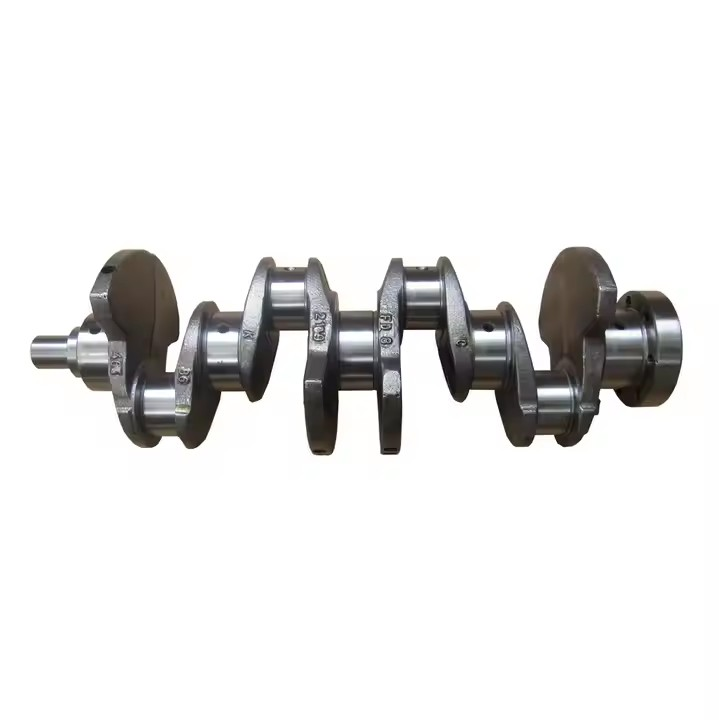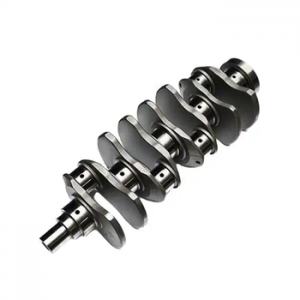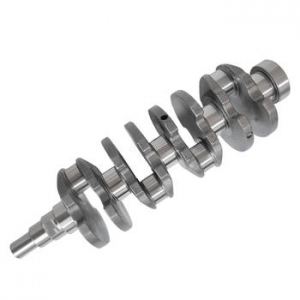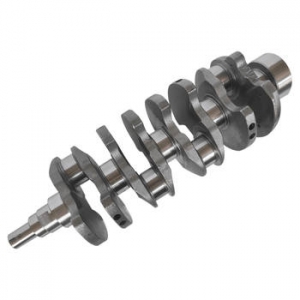Understanding Crankshafts and Their Importance
The crankshaft is a vital component of any internal combustion engine, playing a critical role in the conversion of linear motion into rotational motion. This component, typically made of high-strength steel, is subjected to extreme forces during the engine's operation, making it susceptible to wear and damage over time.
Regular maintenance and timely crankshaft repair are essential for ensuring the longevity of your engine and preventing costly replacements. By understanding the signs of crankshaft damage and the available repair methods, you can make informed decisions about your vehicle's maintenance and keep it running smoothly.
When is Crankshaft Repair Necessary?
Several symptoms may indicate that your crankshaft requires repair. Some of the most common signs include:
- Engine vibration or shaking
- Poor engine performance
- A knocking sound coming from the engine
- Low oil pressure
These issues can be caused by various forms of crankshaft damage, such as cracks, bearing wear, or misalignment. If you notice any of these symptoms, consult a professional mechanic to diagnose the problem and determine the best course of action.
Inspecting the Crankshaft
Before deciding on a crankshaft repair method, it's essential to thoroughly inspect the component for damage. This process typically involves the following steps:
- Disassembling the engine
- Cleaning the crankshaft
- Visually inspecting the crankshaft for damage
In some cases, additional inspection methods may be necessary to identify hidden cracks or imperfections. These techniques can include:
- Magnetic particle inspection
- Dye penetrant testing
Once the extent of the damage has been determined, the appropriate repair method can be chosen.
Crankshaft Repair Methods
Several crankshaft repair methods are available, depending on the severity and nature of the damage:
Welding
For minor cracks, welding can be an effective solution. A skilled technician will use specialized techniques, such as metal inert gas (MIG) or tungsten inert gas (TIG) welding, to fill the crack and restore the crankshaft's integrity. It's crucial to ensure that the welding process does not create additional stress or distortion, which could lead to further damage.
Grinding
If the crankshaft's journals (the surfaces that bear the main and connecting rod bearings) are worn or damaged, grinding can be used to reshape them to their original specifications. This process involves removing a small amount of material from the journals using precision machinery, such as a crankshaft grinder. After grinding, the journals may need to be polished to achieve a smooth, uniform surface.
Polishing
Polishing the crankshaft can improve its performance and longevity by removing small imperfections and creating a smoother surface. This process reduces friction and wear between the crankshaft and its bearings, ultimately extending the life of the engine. Polishing can be performed manually or using specialized machinery, depending on the specific requirements of the crankshaft.
Replacement
In cases where the crankshaft damage is too severe to be repaired, a replacement may be necessary. This involves installing a new or remanufactured crankshaft that meets or exceeds the original manufacturer's specifications. While this option is typically more expensive than repairing the existing crankshaft, it may be the best choice for ensuring the long-term reliability and performance of the engine.
Choosing a Professional for Crankshaft Repair
Selecting a reputable and experienced mechanic is crucial for ensuring a successful crankshaft repair. When choosing a professional, consider the following factors:
- Experience in engine repair and crankshaft-specific work
- Availability of specialized equipment and tools
- Positive customer reviews and testimonials





